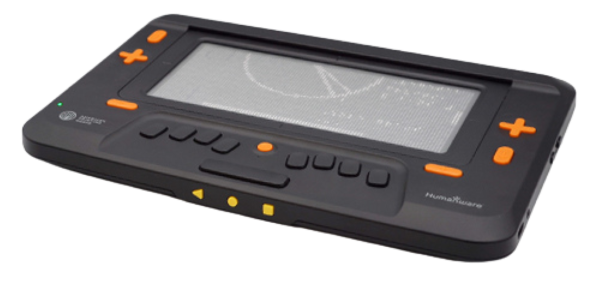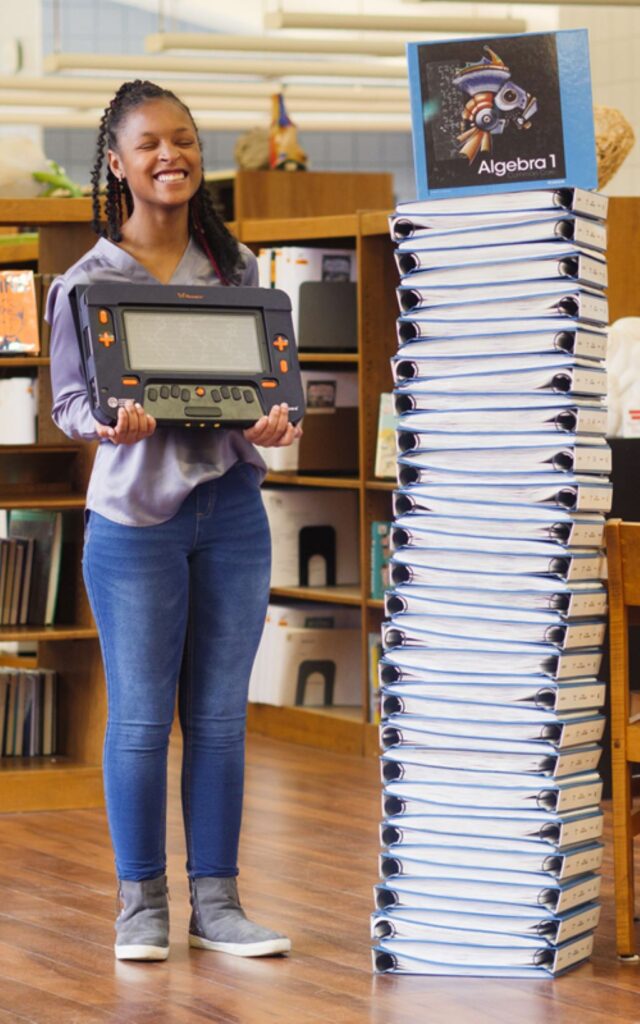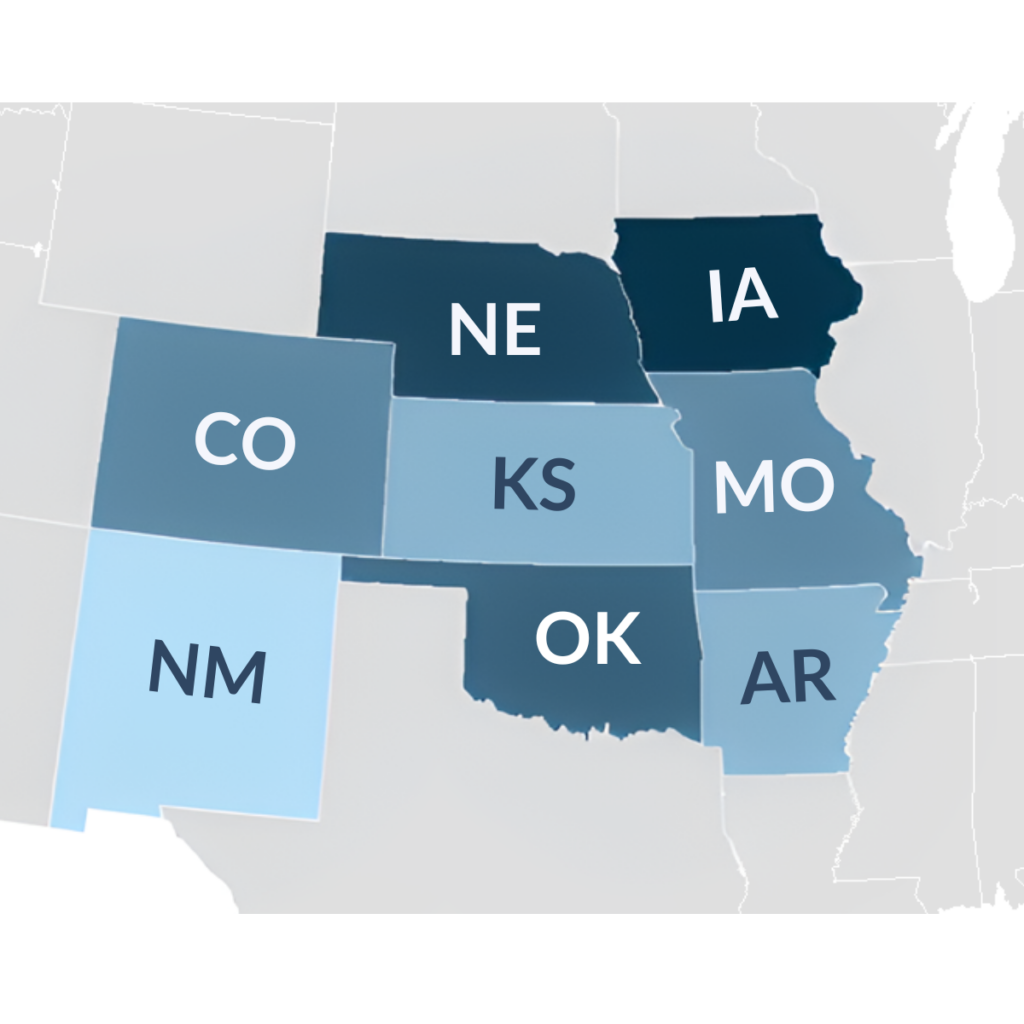The braille transformation has begun… meet Monarch!

Together with American Printing House for the Blind and the National Federation of the Blind, Humanware launched the Monarch. The Monarch is a multipurpose, multiline, tactile braille device that can download digital textbooks and access tactile graphics. Designed to significantly reduce the information time to fingertips for blind students. HumanWare and APH have an equal hand in setting the specifications and designing the user experience requirements for the Monarch. HumanWare manufactures the hardware and builds the software base, while DOT Inc. is providing the innovate braille cell technology.
What is the Monarch?
The Monarch, formerly known as the Dynamic Tactile Device (DTD) is the size of an average gaming laptop. The unit weighs a modest four-and-a-half pounds. It features an 8-dot braille keyboard, zoom in/out buttons, direction pads, and up/down arrow buttons. More importantly – an unheard of 10 lines by 32 cell refreshable braille display that can render multiple lines of braille and tactile graphics using equidistant pins.

This highly innovative technology along with the development of a new dynamic file type, will bring braille and graphics together. Bridging the existing educational gap for all blind students.
The ultimate in braille technology: A revolutionary new electronic file format!
This massive investment in R&D makes the Monarch a game-changer. Humanware states that it is their firm belief that this powerful device alone will not be enough to make our dream of instant and efficient access to braille a reality without the file types to support it.
APH, with the support of the DAISY consortium, is working to accelerate the conversion of regular Braille Ready Format (BRF) files to a digital format, known as eBRF or eBraille.
Blind students deserve faster access to educational materials
HumanWare visited multiple schools, observing students, and spoke with Teachers of the Visually Impaired (TVIs). – They found that it was incredibly obvious there was a lack of the necessary tools for blind students to effectively complete tasks that involve tactile information.

One instance stood out: a young, blind student working on quadratic graphs was attempting to plot coordinates to create a graph with tactile bumps and wiki sticks. By the time he finished, his classmates had moved on to another topic. The blind student was extremely disappointed. The wiki sticks and bumps were falling off, hindering his progress considerably.
